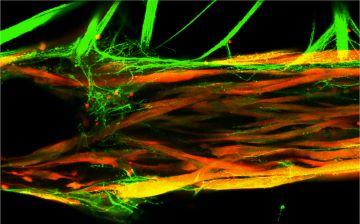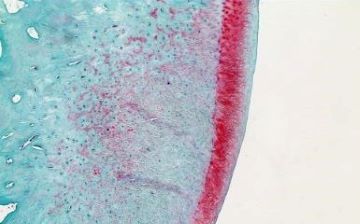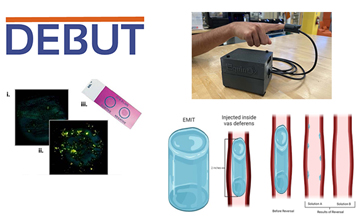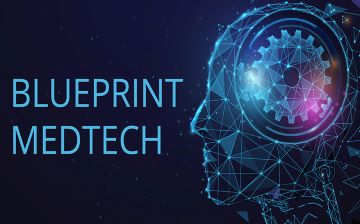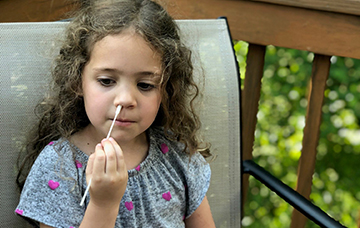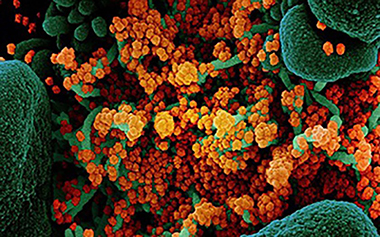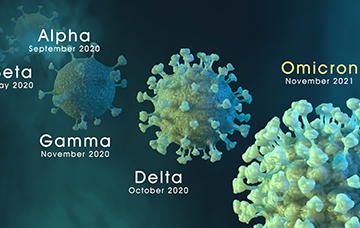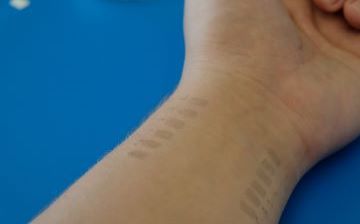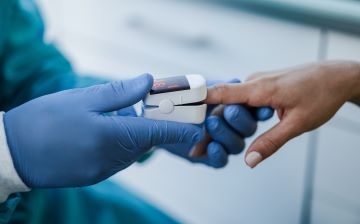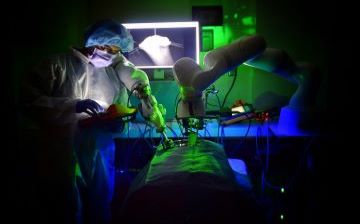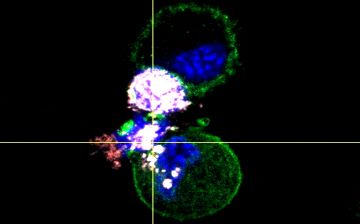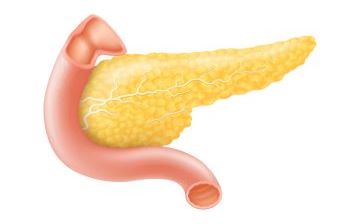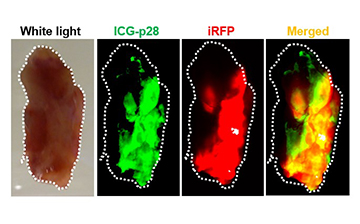In 2022, the NIBIB communications team covered a wide variety of studies and programs supported by the Institute, from basic research findings to advances in imaging and wearables to COVID-19 updates. Many significant advances were made. We present here a sample of some of the most-read articles written this year. We look forward to sharing more exciting science news in 2023.
Top NIBIB Science News
NIBIB-funded researchers have found a way to model the human neuromuscular junction by growing these synapses in a lab, which could accelerate novel treatments for neuromuscular diseases.
NIBIB-funded researchers are developing an implantable, biodegradable film that helps regenerate damaged cartilage. Their study, performed in rabbits, could be an initial step in the establishment of a new treatment.
NIBIB-funded researchers are developing a robotic pill that, after swallowing, can deliver biologic drugs into the stomach, which could provide an alternative method for self-injection.
Top Program Updates
The National Institutes of Health announced the winners of its NIH Technology Accelerator Challenge (NTAC) for Maternal Health, a prize competition for developers of diagnostic technologies to help improve maternal morbidity and mortality around the world. The winning technologies share a total of $1 million in prizes.
The National Institutes of Health announced the winners of the 11th annual Design by Biomedical Undergraduate Teams (DEBUT) Challenge with prizes totaling $130,000. NIH and VentureWell named nine winning teams and five honorable mentions that designed technology solutions to unmet health care needs.
The National Institutes of Health has awarded research funding for seven pilot projects developing early stage, groundbreaking neurotechnologies. The innovative projects would enable new medical devices to diagnose and treat both acute and chronic disorders, from neuropathic pain to mental illness.
Top COVID-19 Updates
A new study that could have immediate implications for COVID-19 testing in schools found that with age-appropriate instructions, school-aged children can successfully use a nasal swab to obtain their own COVID-19 test specimen.
The National Institutes of Health’s Rapid Acceleration of Diagnostics (RADx®) Tech program is working to identify necessary elements of at-home COVID-19 diagnostic test kits that may be used independently by people with disabilities.
Researchers funded by NIH's RADx Tech program have developed a fast, cost-effective method to detect the circulation of known SARS-CoV-2 variants. This customizable genotyping approach could augment current surveillance.
Top Sensors and Wearables
Bacterial infections are the leading cause of disease and death worldwide, an ongoing public health problem that is exacerbated by slow or inaccurate diagnostics. Now NIBIB-funded scientists have engineered an inexpensive, paper-based test that can rapidly identify multiple types of bacteria.
NIBIB-funded researchers are fine-tuning a wearable, cuffless blood pressure monitor. Made of graphene, one of the thinnest materials in the world, the device is worn on the underside of the wrist and can measure blood pressure with comparable accuracy to a standard blood pressure cuff.
A single-center study found that minority patient groups received less supplemental oxygen in the intensive care unit (ICU) due to inaccurate readings from pulse oximeters. Treatment decisions based on inaccurate readings from these devices may perpetuate racial disparities in care.
Top Treatments and Surgical Interventions
NIBIB-funded researchers are developing an autonomous robot that can perform bowel surgery with minimal assistance from a surgeon. The robot, called STAR (for Smart Tissue Autonomous Robot), outperformed expert surgeons when compared head-to-head in preclinical models.
NIBIB-funded researchers are developing a method to activate natural killer cells using an external magnetic field, which not only enhances their cytotoxicity, but allows them to be tracked using magnetic resonance imaging (MRI) to verify that they’ve reached their target.
NIBIB-funded researchers combined an injectable radioactive gel with systemic chemotherapy in multiple mouse models of pancreatic cancer. The treatment resulted in tumor regression in all evaluated models, an unprecedented result for this genetically diverse and aggressive disease.
Top Medical Imaging
A research team developed a microscope that combines rapid high- and low-power light-sheet microscopy with an open top design that allows for rapid imaging of a wide range of sample types.
Researchers have found that AI models could accurately predict self-reported race in several types of medical images, suggesting that race information could be unknowingly incorporated into image analysis models.
Researchers are developing an imaging method that would allow surgeons to better identify cancerous cells in breast tumor margins during surgery which could potentially reduce follow-up surgeries and cancer recurrence.


